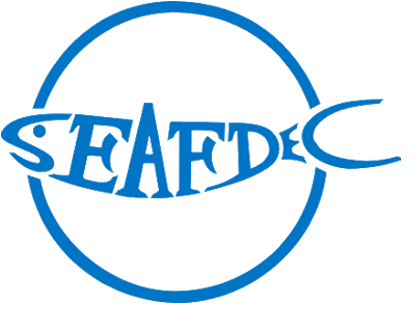Background & Situation Menu
Status and Trends in Fisheries and their Habitats Threats, root causes and barrier analysis Institutional, sectoral and policy context Stakeholder mapping and analysis Baseline analysis and gaps Known Areas of Critical Significance to the Life-Cycles of Fisheries Resources Priority Fisheries Refugia Areas




Establishment of Fisheries Refugia in Philippines:
Background and Situation Analysis to Support
Baseline analysis and gaps
The experience of the Philippines with lack of compliance with no-take 'fish sanctuaries' was the entry point to efforts to improve the basis for integrated fish stock and habitat management in the Philippines. Particularly this experience laid stress on the importance of focusing on the concepts of sustainable use and fishery-critical habitat linkages in communicating with government officials and coastal fishing communities in the Philippines about spatial fisheries management tools. It was noted by the National Fisheries Committee that these are more easily understood and likely accepted at the fisheries community level than either the science of no-take areas or the concept of biodiversity and its conservation. Activities of the fisheries component of the UNEP/GEF South China Sea project in the Philippines resulted in consensus among target fishing communities on the suitability of the fisheries refugia approach in addressing barriers to the integration of fisheries and habitat management at selected priority locations.
Stakeholder consultations involving representatives from local government units, regional government agencies, law enforcers, fisherfolk organisation, non-governmental organisations, and national fisheries committee members have been undertaken and resulted in: the identification of goals and objectives for the priority refugia sites identified above; and a high level of stakeholder support for the establishment of the refugia approach in the Philippines. The latter is evidenced by the incorporation of the fisheries refugia concept as a priority tool for improved fisheries habitat management in the Philippines' Comprehensive National Fisheries Development Plan. Additionally, there is evidence of the uptake of the approach in the management of sardinella fisheries in the Sulu-Sulawesi Sea waters of the Philippines. Pilot activities in application of the refugia approach in the Visayan Sea has proven successful in facilitating the resolution of a long-running conflict between the fisheries and environment sectors in that areas.
Key gaps that have been identified include needs for:
Enhanced national coordination mechanism to accommodate overarching responsibility for the establishment of national fisheries refugia;
Strengthened enabling environment for the formal designation and operational management of fisheries refugia;
Improved national and site-level science and information base to support evidence-based planning and operational management; and
Development of practical experience in the designation and management of fisheries refugia sites